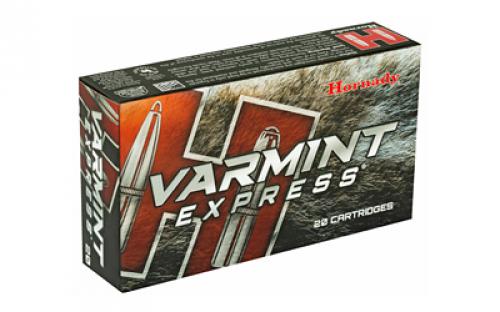

Bullet: Superior Shooting DTAC 115gr RBT Pointed ( Coated with Boron Nitride).Since I went to the trouble of doing load development on it, I thought I’d share that data too. When they are coated, they create completely different pressures, so the optimal powder charge would be different too – hence the two loads.

I also developed a load for the same bullets that were coated with Boron Nitride, because one time when I needed to order more bullets that is all Tubb had in stock. Muzzle Velocity: 3,025 fps from 25″ barrel.CBTO: 2.3120″ from the base of the case to the ogive of the bullet (barely kissing lands, but doesn’t leave a mark if you extract the bullet).Bullet: Superior Shooting DTAC 115gr RBT Pointed (Bare/Naked/Uncoated).I might tweak it slightly from one barrel to another, but it was never too far from this load. I used the 115 DTAC’s from my 6mm Creedmoor for a couple of years in matches, and they are great performers. Muzzle Velocity: 3,135 fps from 26″ barrel.CBTO: 2.1660″ from the base of the case to the ogive of the bullet.Case: Lapua 6.5 Creedmoor necked down to 6mm (neck trimmed).A-Tip bullets recently, and here is the load I currently use for my match handloads: Be alert – publisher cannot be responsible for errors in published load data. Always consult comprehensive reference manuals and bulletins for details of proper training requirements, procedures, techniques and safety precautions before attempting any similar activity. They do not detail the comprehensive training, procedures, techniques and safety precautions that are absolutely necessary to properly carry on similar activity. Technical data and information contained herein are intended to provide information based upon the limited experience of individuals under specific conditions and circumstances. Failure to follow safe loading practices could result in severe personal injury (including death) or gun damage to the user or bystanders. Chamber dimensions, brass specs, barrel grooves and diameter can vary, so it’s very important to follow safety precautions.

Just because these have proven safe in my rifles, doesn’t mean they will be in your’s.

You should always reference a quality reloading manual and start with the minimum recommended loads and work your way up. I may tweak the loads slightly as the throat of a barrel erodes, but I don’t typically vary too far from what is shown here. They were what I found to be the most precise in my rifles after extensive and tedious load development.


 0 kommentar(er)
0 kommentar(er)
